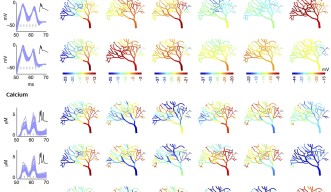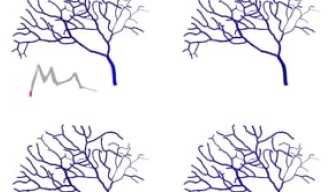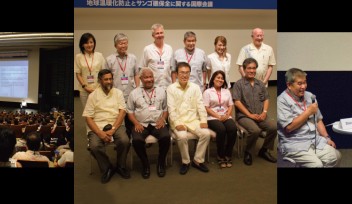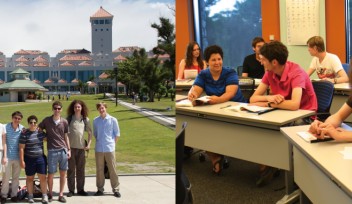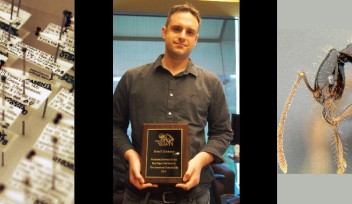"STEPping" Deeper into the Brain
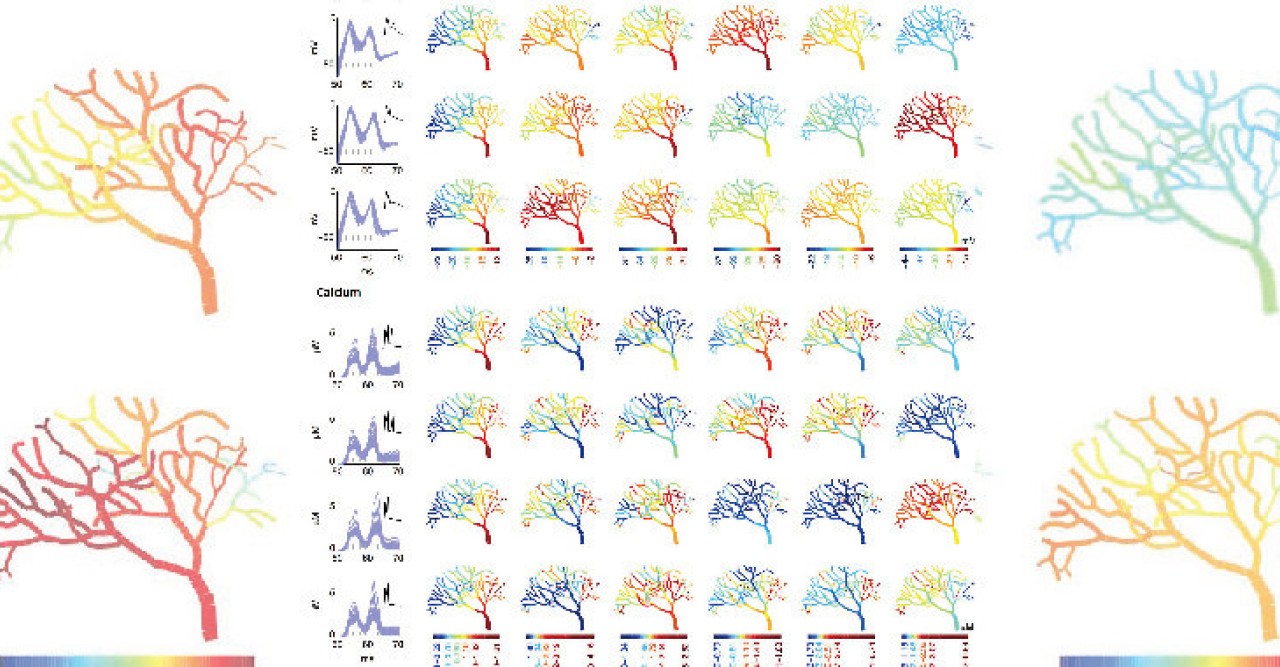
Neurons in the brain communicate with each other both chemically and electrically: chemical communication can lead to strengthening or weakening of connections between neurons, and electrical signaling allows rapid communication between neurons all over the brain. These processes interact with each other in a complex manner, and such interactions are behind cognitive processes like learning and memory. Iain Hepburn of the OIST Computational Neuroscience Unit, Haroon Anwar, also formerly in the Computational Neuroscience Unit, and collaborators, reported in the Journal of Neuroscience that by using a cutting-edge computational model developed at OIST, they have gained surprising new insight into these mechanisms in the cerebellum.
One of the most striking examples of strong interaction between chemical and electrical signaling occur in Purkinje cells, one of the largest neurons in the brain. Here, calcium bursts of varying shape, duration and amplitude affect the connection strength to other neurons and also the electrical output of the cell. The driving force behind this variability was, however, a mystery until now. “Experiments have their limits, so to study this in detail required a computational approach, the tools for which were simply not available. For this reason we developed software called STEPS, one of the most powerful and detailed molecular simulators around,” said Iain. Whereas deterministic approaches yielding clean results without “noise” have historically been applied to study such systems, STEPS reaches a higher level of detail by including stochasticity – the inherent randomness of molecular movement and interaction – to gain new insights into such systems. Key to the Journal of Neuroscience study was development of a novel approach to accurately calculate electrical signaling in complex neuronal structures, which allowed Iain and Haroon to develop one of the most detailed molecular models of cellular signaling ever studied. This paper shows that stochastic activation of ion channels and the variability of calcium levels in space and time give rise to the variable shape, duration and amplitude of calcium bursts.
In the future, the Computational Neuroscience Unit plans to make STEPS an even more powerful tool in neuroscience by researching and implementing methods to allow this software to run on supercomputers. This has attracted the attention of scientists involved in the Human Brain Project, which is a world-wide initiative based at École Polytechnique Fédérale de Lausanne (EPFL) in Switzerland. The Human Brain Project aims to create a supercomputer that simulates the human brain and revolutionizes the way the brain is studied. OIST is one of the only two institutions from Japan represented in this project. Detailed, realistic models of the human brain could radically improve our understanding of brain and mental diseases. The STEPS simulator, in collaboration between OIST and EPFL, will be developed to model molecular components in this project.
Research Unit
For press enquiries:
Press Inquiry Form











